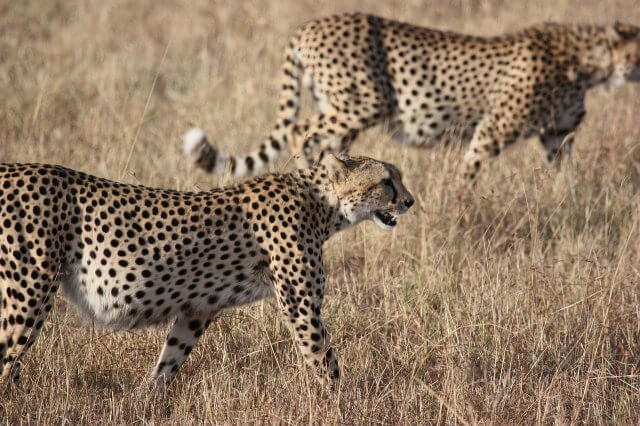Cheetahs Living In The Wild
Cheetahs are one of the most iconic animals in the world, and they are known for their incredible speed and agility. They are also one of the most endangered species on the planet, with only about 7,500 cheetahs living in the wild. Despite their endangered status, cheetahs are still found in many parts of Africa and the Middle East. In this article, we will explore the lives of cheetahs living in the wild, from their diet and habitat to their behavior and social structure. We will also discuss the threats they face and the conservation efforts being made to protect them.
How Cheetahs Adapt to Survive in the Wild
Cheetahs are one of the most iconic animals in the world, known for their incredible speed and agility. In order to survive in the wild, cheetahs must be able to adapt to their environment. Here are some of the ways cheetahs have adapted to survive in the wild.
One of the most important adaptations cheetahs have is their speed. Cheetahs are the fastest land animals, capable of reaching speeds of up to 75 miles per hour. This speed allows them to quickly catch their prey and escape from predators.
Cheetahs also have a unique body structure that helps them survive in the wild. Their long legs and flexible spine allow them to make sharp turns while running, allowing them to quickly change direction and catch their prey. They also have large nostrils and lungs, which allow them to take in more oxygen while running.
Cheetahs also have excellent vision, which helps them spot their prey from a distance. Their eyes are specially adapted to see in low light, allowing them to hunt during the day and night.
Finally, cheetahs have adapted to survive in the wild by being solitary animals. They live and hunt alone, which helps them avoid competition with other predators.
Overall, cheetahs have adapted to survive in the wild by developing a number of unique physical and behavioral adaptations. Their speed, body structure, vision, and solitary lifestyle all help them to survive in the wild.
The Role of Cheetahs in Maintaining the Balance of Nature
Cheetahs are an integral part of the natural balance of the environment. As apex predators, they play a vital role in controlling the populations of their prey species, which helps to maintain the balance of the ecosystem. Cheetahs also help to keep the grasslands healthy by controlling the populations of grazing animals, such as gazelles and antelopes.
Cheetahs are also important for maintaining the genetic diversity of their prey species. By preying on the weak and sick animals, they help to ensure that only the strongest and healthiest individuals survive and reproduce. This helps to ensure that the gene pool of the prey species remains healthy and diverse.
Cheetahs also help to keep the environment clean by consuming carrion. By eating the carcasses of dead animals, they help to prevent the spread of disease and keep the environment free of rotting flesh.
Finally, cheetahs are important for maintaining the balance of nature because they are an important part of the food chain. By preying on other animals, they provide food for other predators, such as lions and hyenas. This helps to keep the populations of these predators in check, which helps to maintain the balance of the ecosystem.
In conclusion, cheetahs are an important part of the natural balance of the environment. By controlling the populations of their prey species, maintaining the genetic diversity of their prey species, consuming carrion, and providing food for other predators, they help to keep the environment healthy and balanced.
Conclusion
In conclusion, cheetahs living in the wild are an important part of the global ecosystem. They are a keystone species, meaning that they play a critical role in maintaining the balance of the environment. Cheetahs are also an iconic species, and their presence in the wild is essential for the health of the planet. Despite their declining numbers, conservation efforts are helping to protect cheetahs and their habitats, ensuring that they will continue to thrive in the wild for generations to come.
Read More About Cheetah’s From Wikipedia




